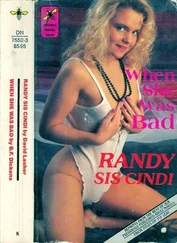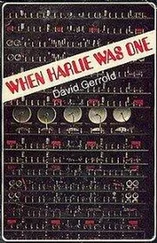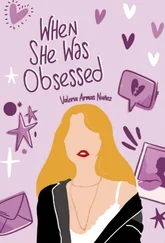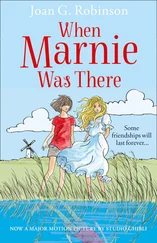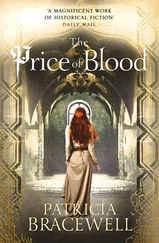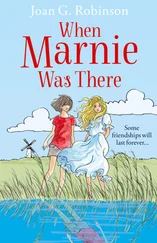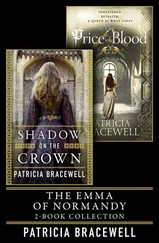1 ...6 7 8 10 11 12 ...23 This project was also disseminated by Matthew Higgs (the curator of this year’s British Art Show) through the long-established art books publishers, Book Works, as part of their Open House series of guest-curated projects. Book Works was founded in the mid-1980s as ‘an attempt to reposition the book in the context of visual arts’, and in recent years their role as enablers of documentative, interventionist and pamphleteering artworks has become increasingly significant. Above all, many of their publications create affordable artworks, which can have whatever collectable status the buyer decides.
‘Over the years, this has produced an eclectic range of works,’ says one of Book Works’ founders and directors, Jane Rolo, ‘from early collaborations with activist groups like the Guerilla Girls, or Adrian Piper’s book Colored People – a visual commentary on preconceived ideas about race. More recently, Czech artist Pavel Buchler’s project involved projecting a red light from Chetham’s Library in Manchester – where Marx and Engels studied – on to the Saint George’s flag of Manchester cathedral. With the Open House project, we’ve been able to work with talented young curators like Matthew Higgs and Stefan Kalmar, and to commission books by artists like Janice Kerbel and Nils Norman: to invest in ideas, rather than the cult of artist as celebrity’
Stefan Kalmar has introduced his commissions for the Book Works Open House project – under the umbrella title ‘access/excess’ – with a quotation from the Communist Manifesto : ‘All that is solid melts into air, all that is holy is profaned, and man is at last compelled to face with sober senses his real condition of life and his relations with his kind.’
As though to illustrate this supposed disruption of systems and orders, Kalmar has commissioned four artists to create what are in essence handbooks for social or anti-social activity. Janice Kerbel’s ‘15 Lombard Street’ gives precise instructions on how to rob the branch of Coutts & Co. bank at that address, for example, while Nils Norman’s ‘The Contemporary Picturesque’ considers protest culture tactics in relation to ‘the development of a repressive form of urban architecture and design – such as surface studs, trash cages and anti-poster surfaces’.
Ultimately, events such as the recent ‘Reclaim the Streets’ demonstrations in London can be seen as a potentially volatile summation of the burgeoning relationship between marginalized artistic activity and direct political action. For Stewart Home, however, as a veteran of many interventionist, hoaxing and direct action campaigns, the political significance of anarchic demonstrations should not become too intimate with art. ‘The danger is that you begin to brand such street actions as “art”, and thereby dampen their political directives. It’s always easy for them to try and control us by treating us as a cult.’
Freezing cold in Cavendish Square, shadows in the doorways of John Lewis – the clear night sky, promising frost, above the ornate red brick of Marylebone’s rooftops … In a nasty little pub, a knot of cumbersome figures accumulate: unironic anorak wearers, plump young men with pudding-basin fringes and bottle-end glasses, dandyfied smoothies reeking of scent, Dadaist-looking spiv types with loudly checked tweed lop-sided motoring caps such as Mr Toad might have worn, a few greying punks wearing old men’s suits … These people may look like potatoes, but they’re the forces of Opposition; like Wyndham Lewis’s Enemy, clan-gathering round the back of Oxford Street, W1.
Shortly before half-past eleven the whole rag-bag assortment creeps and shuffles, grey and hunched against the frost-whitened streets, where sounds are growing softer, along the shadow of the buildings, to a back mews, and a big black garage door, behind the uppermost panes of which a feeble yellow light is dimly gleaming. The little crowd – fifteen or so, maybe twenty – huddle forward in the silence, as the big black door opens just a few inches and a hand so white and frail as to seem luminescent slides out to greet them with a single beckoning finger. Heads lowered, they all shuffle in …
The vast auditorium, smelling of brass polish and dust, is barely lit. But you can just make out a couple of … grand pianos … on the stage. To a murmur of exceedingly well-mannered applause , two casually dressed young men seem pretty much to sprint from the darkness of the wings, hurl themselves down on the pair of adjusted piano stools, fling their hands to the keyboard and … play a Morton Feldman minimalist piano duet for the best part of the forty minutes. Welcome to the ‘Wigmore Alternative’, the Anti-Rave! – where the music doesn’t pound in beats per minute, it echoes in beats per hour …
The enigmatic composer Lawrence Crane (England’s unacknowledged Satie, a joker in the pack) and founder of the Wigmore Alternative – part pastoralist, part humorist, part über-archivist, part punk rocker – would demonstrate, in the twilight of the 1980s, the importance of Organization … The artistic application of the aesthetics of librarianship or proofreading. Cranesque order and neatness was a rout to the sublime.
Pet Shop Boys
For a pop duo who had their first Number One hit – ‘West End Girls’ – back in 1985, Chris Lowe and Neil Tennant, better known as Pet Shop Boys, have a knack of remaining constantly modern. Like the artists Gilbert & George, they have developed a creative partnership that seems to operate beyond the boundaries of fashionability, and yet remains permanently in fashion. From such memorable occasions as Chris Lowe wearing an Issey Miyake inflatable suit when they performed on ‘Saturday Night at the London Palladium’ – and refused to wave at the end of the show with the rest of the acts and Jimmy Tarbuck – to their later collaborations with artist film-makers such as Derek Jarman and Sam Taylor-Wood, they have always managed to mirror the zeitgeist while retaining their cultural independence.
To some extent, the enduring relevance of the Pet Shop Boys could be due to the fact that they seemed to find their perfect musical identity right at the very beginning of their career. By mixing the sensory rush of luxuriously orchestrated dance music with an image and lyrical style that was almost its direct opposite, foregrounding isolation and social commentary, they achieved an originality and acquired a stance that has simply intensified over the years. With the Pet Shop Boys, there is nearly always a hidden, sharp edge of critique – critique of society, of pop, and of themselves – just beneath the lustrous sheen on the surface of their image. After all, they even managed to cover Village People’s ‘Go West’ with a Russian constructivist spin.
The Pet Shop Boys are holding a series of interviews in a semi-derelict suite of rooms just beneath the highly ornate, neo-Gothic eaves of the old Saint Pancras Station Hotel. The hotel has been empty for nearly a decade – although the Spice Girls filmed their video for ‘Wannabe’ here – and this interview has been presented as a kind of eerie performance piece with touches of science-fiction. Summoned up the five dusty flights of the abandoned ceremonial staircase, a tape-recording of barking dogs breaks out high above you. So far, so New Romantic.
Greeted at the top by Dainton, the Pet Shop Boys’ friend and bodyguard, you are then led through a further suite of darkened rooms, at the end of which, booming away, there is a projection of the Pet Shop Boys’ latest video. When you finally get to Tennant and Lowe, they are sitting on an illuminated glass floor inspired by Kubrick’s 2001 – a Space Odyssey , and wearing matching Versace bomber jackets made out of a gold metallic fabric designed to retain every crease and wrinkle. They look like off-duty astronauts.
Читать дальше



